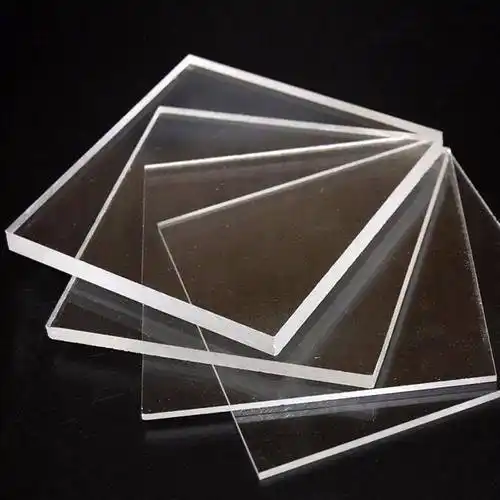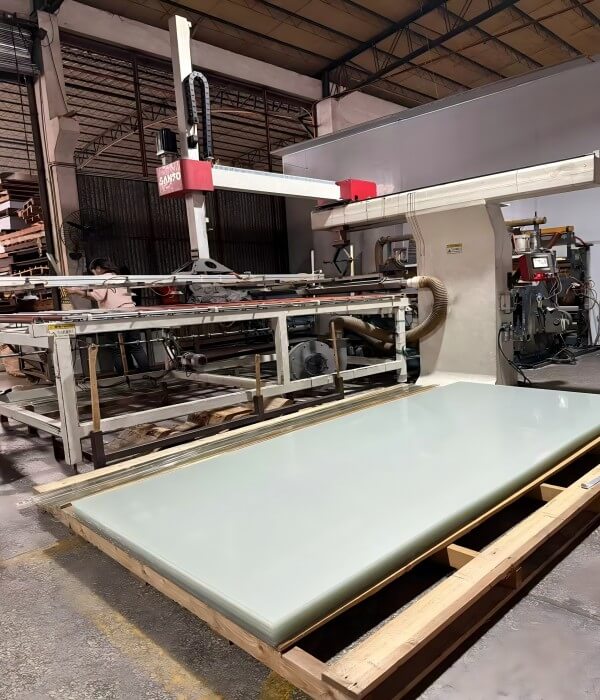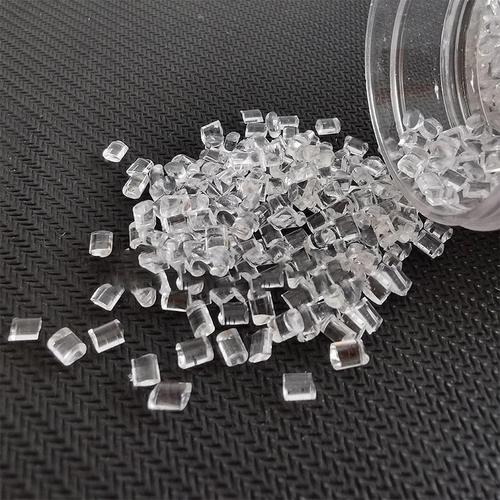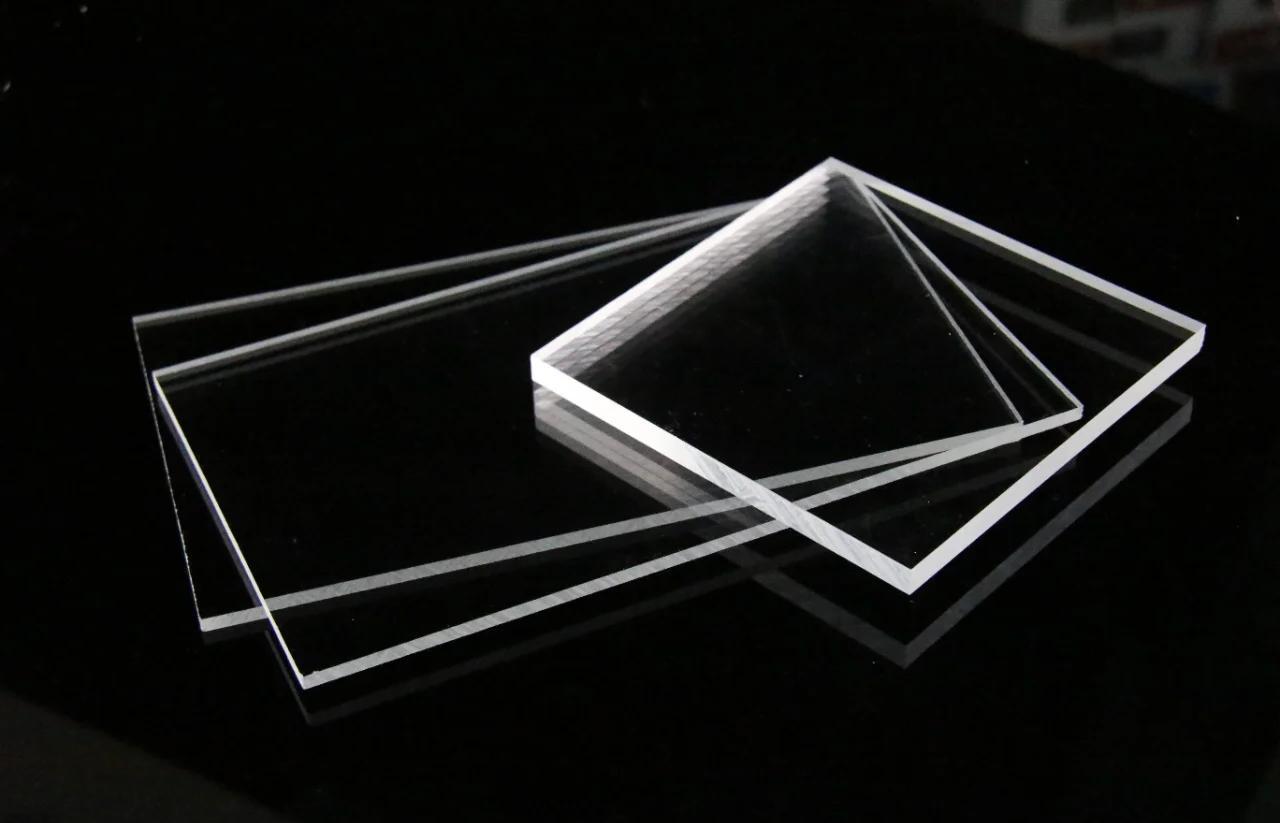-
Xinqi Development Zone, Leliu, Foshan, Guangdong

Acrylic Sheet Performance: How Temperature Affects Stability
Abstract:
Acrylic is widely favored for its excellent optical properties and weather resistance, but temperature fluctuations are the key variable for its stability. This article deeply analyzes the brittleness risk of acrylic at low temperatures, softening deformation at high temperatures, thermal stress accumulation, long-term thermal aging effects, material selection considerations and maintenance tips, revealing how temperature becomes the “invisible switch” of acrylic performance, providing scientific guarantees for engineering applications.
1. Glass transition temperature (Tg): the critical point of acrylic behavior
The core temperature characteristics of acrylic revolve around its glass transition temperature (Tg). For common PMMA, Tg is usually around 105°C. Below Tg, the material is in a hard glass state; when approaching or exceeding Tg, the movement of molecular segments intensifies, and the material transforms to a highly elastic state, significantly affecting its mechanical properties. This is the cornerstone of understanding its temperature response (Polymer Materials Science, John Wiley & Sons).
2. Low-temperature embrittlement: invisible cracks in severe cold
When the temperature drops below -40°C, the movement of the acrylic internal chain segments freezes and the toughness drops sharply. Impact tests show that the impact strength of acrylic can be attenuated by more than 30% at low temperatures, and it is very easy to produce microcracks (“silver streaks”) or even brittle fractures at stress concentration points. If outdoor acrylic light boxes or signs in extremely cold areas do not use special cold-resistant grades, the risk of rupture in severe cold increases greatly (ASTM D256 impact test standard).
3. High-temperature softening: deformation crisis under heat load
Once the temperature exceeds 70-80°C, the acrylic modulus drops sharply and the creep resistance is weakened. Under a continuous heat load of 80°C, acrylic sheets may produce permanent bending deformation (creep) visible to the naked eye. If the temperature reaches or exceeds Tg (about 105°C), the material softens significantly and loses its load-bearing capacity. Acrylic covers for dashboards in cars that are exposed to direct sunlight, or windows for high-temperature equipment must strictly avoid this temperature zone when designing (Plastics Technology thermal deformation data).
4. Thermal stress accumulation: a structural killer of sudden temperature changes
Acrylic has a high thermal expansion coefficient (about 7×10⁻⁵ /°C). When different parts of the material are heated unevenly or the ambient temperature changes suddenly, internal thermal stress accumulates rapidly. If it exceeds its tensile strength (about 70MPa), it will cause cracking. Typical cases include internal stress generated when thick plates are formed by uneven cooling, or catastrophic cracking caused by pouring hot water on the low-temperature acrylic surface in the early morning of winter (material thermal stress simulation study).
5. Thermal aging and yellowing: the temperature imprint of time
Acrylic will experience slow thermal oxidative aging when exposed to 60°C or above for a long time, even if it is far below Tg. Ultraviolet (UV) light and high temperature will accelerate this process, causing polymer chain breakage and cross-linking, leading to significant yellowing (Δb>2), increased haze and decreased strength. The yellowing and opacity of acrylic panels on building skylights in sunny areas after several years is a clear proof of the synergistic effect of heat and light aging (Journal of Polymer Degradation and Stability).
6. Precise material selection: Building a temperature adaptability barrier
- Cold-resistant type: Special modified grades (such as low-temperature toughened PMMA) can maintain toughness at -60°C, suitable for refrigeration equipment windows and polar facilities.
- Heat-resistant type: High Tg acrylic (up to 120°C) or acrylic composite materials, suitable for automotive engine compartment surroundings and high-temperature lamps.
- Protective coating: High-quality UV hard coating can significantly delay yellowing and degradation under high-temperature light, extending outdoor service life (Technical Guide for Material Manufacturers).
7. Scientific maintenance: Extend the thermal stability life cycle
- Cleaning taboos: Avoid direct contact with high-temperature steam or boiling water, especially when the material is in a low-temperature state. It is recommended to use lukewarm soapy water and soft cloth.
- Environmental control: Stay away from continuous heat sources (such as radiators, strong lights) to ensure ventilation and heat dissipation. Outdoor installation requires sunshade design.
- Stress relief: For large-sized or assembly stress-prone parts, regularly check and appropriately release constraints to reduce the risk of thermal stress superposition (Acrylic Product Maintenance Manual).
Summary
Temperature, like a silent commander, profoundly affects the fate of acrylic. From the alarm of low-temperature brittle cracking to the crisis of high-temperature deformation, from the invisible cracks of thermal stress to the yellowing mark engraved on the material by the years – every temperature fluctuation is reshaping the internal order of acrylic.
It is the deep understanding and scientific response to the temperature boundary that enables us to unlock the stability potential of acrylic in severe cold or heat. When temperature is no longer an invisible threat, acrylic can overcome environmental challenges and continue to deliver its clear beauty and tenacious spirit in construction, transportation and even cutting-edge industrial fields.







